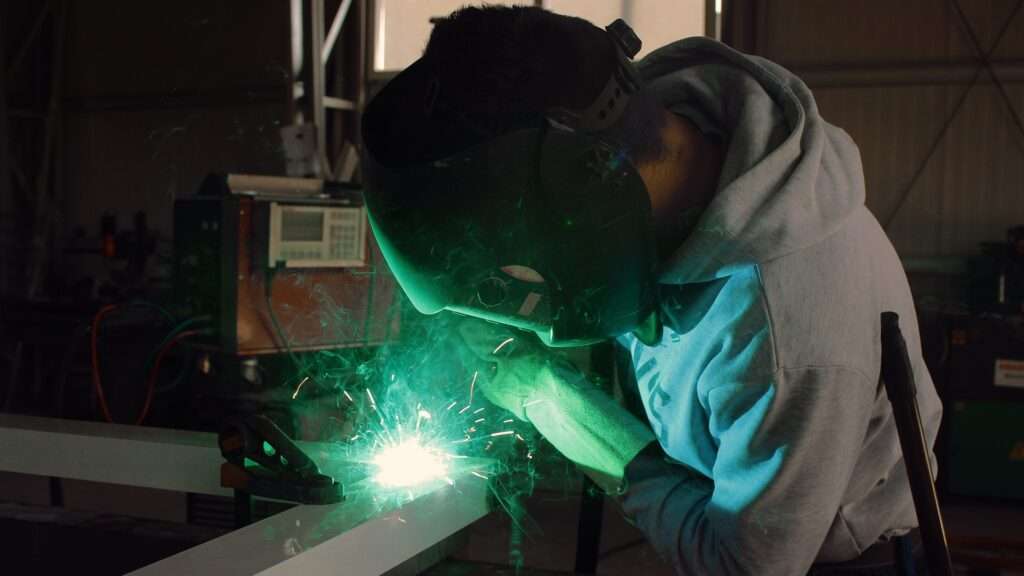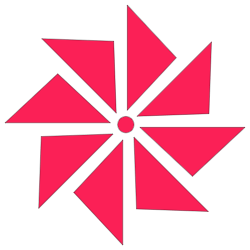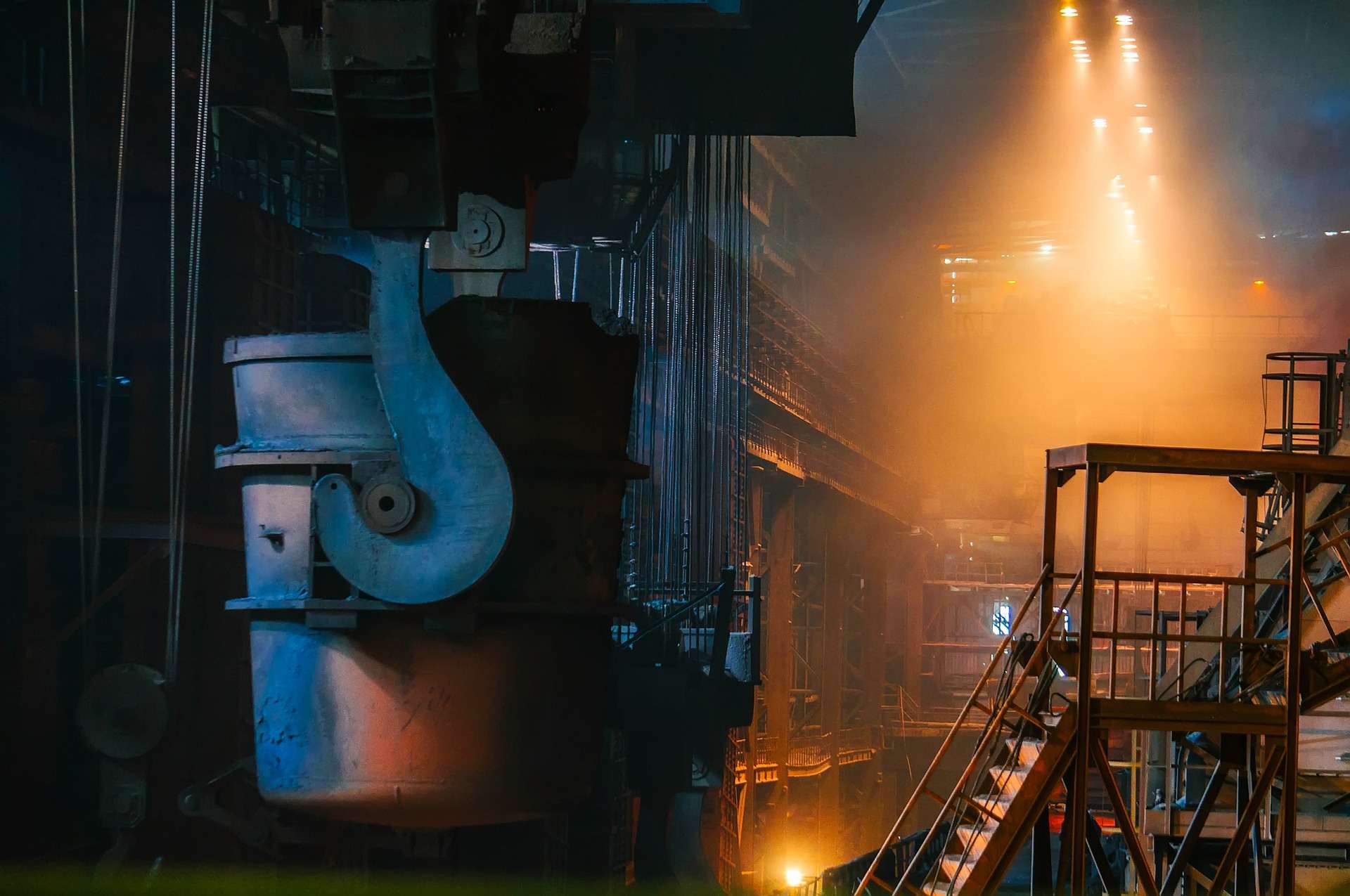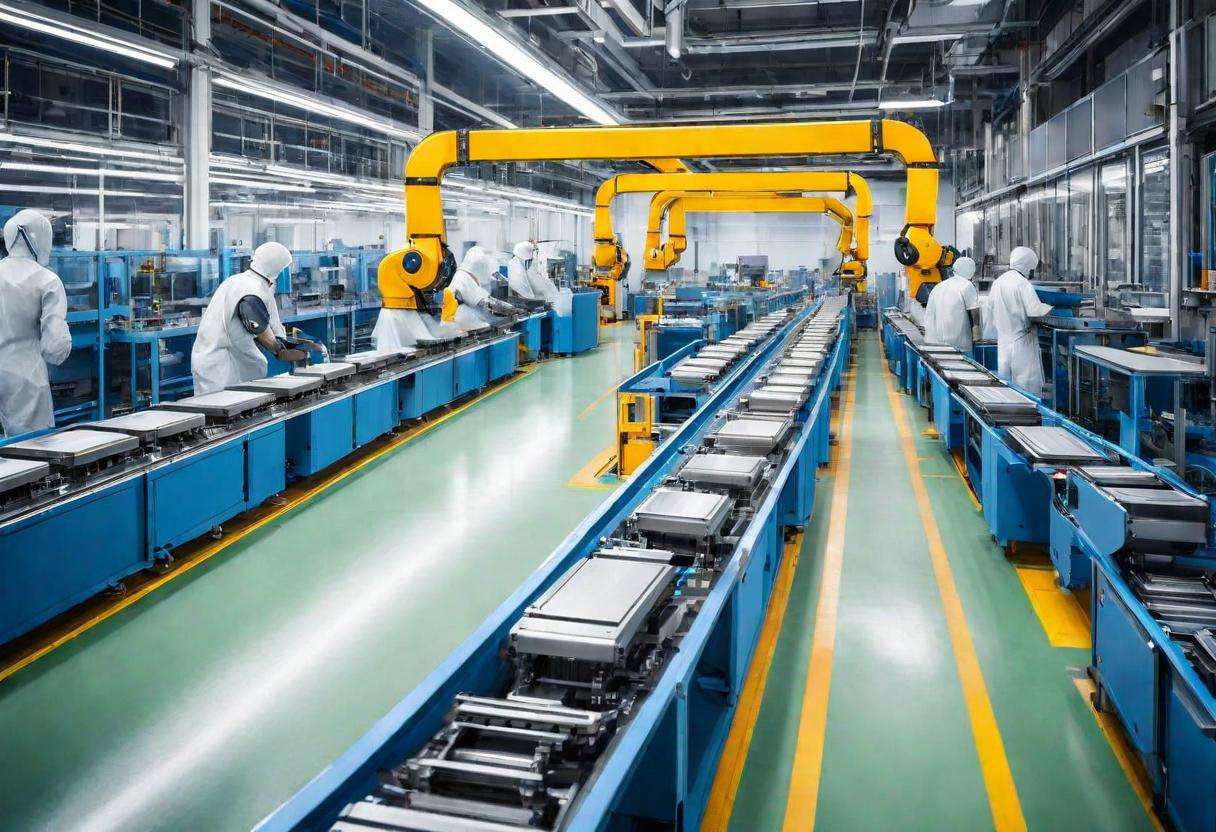In today’s complex business landscape, understanding the intricacies of process costing is crucial for companies aiming to maintain a competitive edge. This article provides an insider’s perspective on process costing, shedding light on its importance and providing comprehensive insights into its various aspects.
Defining Process Costing
Process costing is an accounting methodology used to determine the cost of producing goods or services in a continuous production process. Unlike job costing, which assigns costs directly to individual products or services, process costing calculates the average cost over a specific accounting period, making it ideal for industries with repetitive production processes.
Key principles and concepts in process costing revolve around allocating costs, particularly direct materials, direct labor, and manufacturing overhead, to the various stages of production.
Understanding Process Costing Systems
Process costing systems can be categorized into different types, with the most common being the weighted average method and the First-In, First-Out (FIFO) method.
The weighted average method calculates the average cost of production by combining the costs from all batches produced during a specific period. On the other hand, the FIFO method assigns costs based on the assumption that the first units produced are the first units to be sold or used.
Both systems have their advantages and disadvantages. The weighted average method provides a simple and efficient way to calculate costs, while the FIFO method offers a more accurate reflection of costs in industries with significant cost fluctuations.
When choosing a process costing system, companies must consider factors such as industry requirements, cost structure, inventory turnover, and management objectives.
Elements of Process Costing
A. Direct vs. Indirect Costs
In process costing, it is important to differentiate between direct and indirect costs. Direct costs are directly attributable to a specific process or product, while indirect costs are shared among multiple processes or products.
For example, in the manufacturing industry, direct costs may include the cost of raw materials used in a specific process, while indirect costs can encompass overhead expenses, such as rent or administrative salaries.
B. Raw Material Costs
Raw material costs play a significant role in process costing, particularly in industries where materials are a substantial portion of the total cost. Tracking and allocating raw material costs accurately across various processes is essential for determining the true cost of production.
Industries such as construction often face challenges in determining how to allocate raw material costs due to the involvement of multiple projects or stages within a project.
C. Direct Labor Costs
Direct labor costs are another crucial element in process costing. Accurately allocating these costs to the relevant processes ensures that the true cost of labor is reflected in the final product or service.
To allocate direct labor costs accurately, companies may employ different methods such as time-tracking systems, employee work logs, or activity-based costing techniques.
D. Manufacturing Overheads
Manufacturing overhead costs encompass various expenses indirectly associated with the production process, such as electricity, depreciation, or equipment maintenance. Understanding and allocating these costs efficiently is essential for determining the overall cost of production accurately.
Companies often use different allocation methods like machine hours, direct labor hours, or activity-based costing to efficiently attribute these overhead expenses to the appropriate processes.
E. Equivalent Units
Equivalent units are a crucial concept in process costing as they represent partially completed units. Calculating equivalent units allows for accurate cost allocation, facilitating a more precise understanding of the overall production costs.
By accounting for partially completed units, companies can distribute costs across the production process accurately, which is particularly valuable in industries with long or complex production cycles.
Cost Flow in a Process Costing System
To grasp the dynamics of process costing, it is important to understand how costs flow through different processes. Let’s explore this concept using a real-life scenario in the manufacturing industry.
Imagine a company that produces clothing. The cost flow begins with the purchase of materials, which are then used in the cutting and sewing processes. Subsequently, the finished clothing items move on to quality control, packaging, and finally, distribution.
Throughout this process, costs relating to materials, direct labor, and indirect expenses accumulate at each stage. Understanding the cost flow is vital for accurately tracking costs and enhancing decision-making processes.
Calculating Process Costs
A. Weighted Average Method
The weighted average method is a commonly employed technique for calculating process costs. To utilize this method, follow these steps:
Identify the total cost of units completed during the accounting period.
Determine the total cost of units in progress at the end of the period.
Calculate the cost per equivalent unit by dividing the total cost by the total equivalent units.
Multiply the cost per equivalent unit by the equivalent units completed and in progress to obtain the total cost of production.
The weighted average method offers simplicity and ease of calculation, making it a popular choice for many companies. However, one limitation of this method is that it does not differentiate between the costs incurred in different periods, which could result in a loss of specific cost details.
B. First-In, First-Out (FIFO) Method
The FIFO method, an alternative to the weighted average method, assigns costs based on the assumption that the oldest units are the first to be completed or sold. This method follows a more accurate reflection of costs, especially in industries where there are significant variations in raw material prices.
To apply the FIFO method, follow these steps:
Identify the total cost of the oldest units completed during the accounting period.
Determine the total cost of the oldest units in progress at the end of the period.
Calculate the cost per equivalent unit using the total cost of the oldest units.
Multiply the cost per equivalent unit by the equivalent units completed and in progress to obtain the total cost of production.
The FIFO method allows for a more specific cost allocation, capturing cost fluctuations accurately. However, it may involve additional complexity in tracking the units’ chronological order, especially in industries with large inventories.
Reporting and Analyzing Process Costs
A. Cost of Production Report
A cost of production report provides a comprehensive breakdown of the costs incurred in the production process. It typically includes details such as the number of units completed, equivalent units, and the cost per equivalent unit at each stage.
Analyzing the data presented in the cost of production report is crucial for making informed decisions. By assessing cost patterns, identifying variances, and comparing actual costs with standard costs, management can gain valuable insights and take proactive measures to improve efficiency and reduce cost overruns.
B. Variance Analysis
Variance analysis involves the comparison of actual costs with standard costs, enabling identification and evaluation of discrepancies. By understanding and analyzing variances, management can pinpoint areas of concern, assess the impact of specific factors, and make informed decisions to optimize processes.
Techniques employed in variance analysis include calculating material price variances, labor efficiency variances, and overhead variances. Methodical interpretation of these variances is crucial for identifying underlying issues, establishing appropriate corrective actions, and maximizing operational efficiency.
Process Costing in Different Industries
A. Manufacturing Industry
In the manufacturing industry, process costing is widely applied due to the repetitive and sequential nature of production. It provides companies with a comprehensive understanding of their production costs and enables accurate pricing, inventory valuation, and product profitability analysis.
Challenges specific to the manufacturing industry include managing complex supply chains, optimizing production cycles, and adapting to changes in demand or technology. Process costing plays a pivotal role in addressing these challenges and supporting effective cost management strategies.
B. Chemical Industry
Process costing in the chemical industry encompasses unique considerations due to the complexity of chemical reactions and the presence of multiple, interconnected processes. Accurate allocation of costs, particularly those related to raw materials, energy consumption, and waste management, is vital for determining the true cost of chemical production.
Real-life examples and case studies from the chemical industry highlight the importance of accurate process costing in maintaining profitability, optimizing output, and complying with environmental regulations.
C. Food and Beverage Industry
Process costing in the food and beverage industry is essential for managing costs, ensuring product quality, and maintaining food safety standards. Factors such as perishability, seasonality, and stringent regulations make process costing a crucial element in this industry.
Cost control strategies, such as optimizing recipes, minimizing waste, and streamlining production processes, are vital for maintaining profitability in this sector. Process costing provides insights into the cost drivers, enabling companies to make informed decisions to achieve cost efficiency while meeting customer expectations.
D. Service Industry
While process costing is traditionally associated with manufacturing industries, it can also be adapted for service-oriented businesses. In the service industry, process costing involves determining the cost of providing services across various stages or steps.
In healthcare, for example, process costing helps hospitals and medical institutions allocate costs related to patient care, diagnostic tests, and surgeries accurately. This allows for efficient resource utilization, improved pricing decisions, and better cost control.

Implementing Process Costing Systems
A. Process Mapping and Analysis
Process mapping plays a critical role in implementing a process costing system. It involves visualizing and documenting the steps involved in the production process, understanding the flow of materials and information, and analyzing potential bottlenecks or inefficiencies.
Using a step-by-step process mapping methodology can help companies gain a holistic view of their operations, identify opportunities for improvement, and establish a solid foundation for implementing process costing successfully.
B. Cost Accumulation Techniques
To implement a robust process costing system, organizations must identify and select optimal cost accumulation techniques. Various techniques, such as standard costing, activity-based costing, or hybrid costing, may be employed depending on the industry, product/service characteristics, and specific requirements.
During implementation, challenges may arise, such as accurately capturing all relevant costs, assigning costs to specific processes or products, and determining applicable overhead rates. Thorough consideration of these challenges and effective implementation strategies contribute to the success of process costing systems.
C. Technology and Software Solutions
Technology and software solutions play a vital role in streamlining process costing systems. Implementing specialized accounting software enables companies to gather, process, and report cost data efficiently.
Several software options cater specifically to process costing, offering features like cost allocation, data integration, and real-time tracking. Evaluating and selecting the most suitable software for specific business needs is crucial for accurate cost determination and effective decision-making.
Advancements and Innovations in Process Costing
Advancements and innovations in process costing have brought about significant changes to the way businesses operate. The digital revolution, automation, and data analytics have revolutionized traditional process costing systems.
Emerging trends such as the Internet of Things (IoT), artificial intelligence (AI), and predictive analytics offer promising possibilities for further enhancing process costing. These technologies can facilitate real-time cost tracking, optimize resource allocation, and provide deep insights into cost patterns.
Potential future developments include improved real-time data integration, predictive cost modeling, and the utilization of machine learning algorithms to enhance accuracy and precision in process costing.
Summary
Unlocking the mystery behind process costing reveals a fundamental tool for businesses across industries to understand and manage their production costs. This article has provided comprehensive insights into the importance of process costing, its key principles, cost flow, calculations, reporting, industry-specific considerations, implementation strategies, and future trends.
By adopting an insider’s perspective, this article aimed to equip readers with the knowledge necessary to leverage process costing efficiently and discuss its implications for decision-making, cost control, and overall business success.
FAQ
Q: What is process costing?
Process costing is an accounting methodology used to determine the cost of producing goods or services in a continuous production process. It calculates the average cost over a specific accounting period and is particularly suitable for industries with repetitive production processes.
Q: How is process costing different from job costing?
Process costing calculates costs over a specific period, reflecting the average cost of production, while job costing assigns costs directly to individual products or services. Process costing is ideal for industries with continuous production processes, while job costing is used in industries where each product or service is unique and has distinct costs.
Q: What are equivalent units in process costing?
Equivalent units are a key concept in process costing. They represent partially completed units and allow for accurate cost allocation across the production process. By accounting for partially completed units, companies can distribute costs accurately, especially in industries with long or complex production cycles.
Q: How can process costing be implemented effectively?
Implementing process costing systems requires process mapping and analysis, selecting appropriate cost accumulation techniques, and utilizing technology and software solutions. It is crucial to understand specific challenges, such as accurately capturing costs and assigning them to processes or products, and to develop effective implementation strategies accordingly.
Q: What role does process costing play in decision-making?
Process costing provides valuable insights into cost patterns, variances, and profitability, enabling informed decision-making. It supports cost control strategies, helps identify areas of concern, and facilitates optimization of production processes. By understanding process costing, businesses can make critical decisions regarding pricing, product profitability, and resource allocation.
Q: What advancements and innovations are impacting process costing?
Advancements such as automation, data analytics, and emerging technologies like AI and predictive analytics are transforming traditional process costing systems. Real-time data integration, predictive cost modeling, and the utilization of machine learning algorithms are potential future developments that can enhance accuracy and efficiency in process costing.



